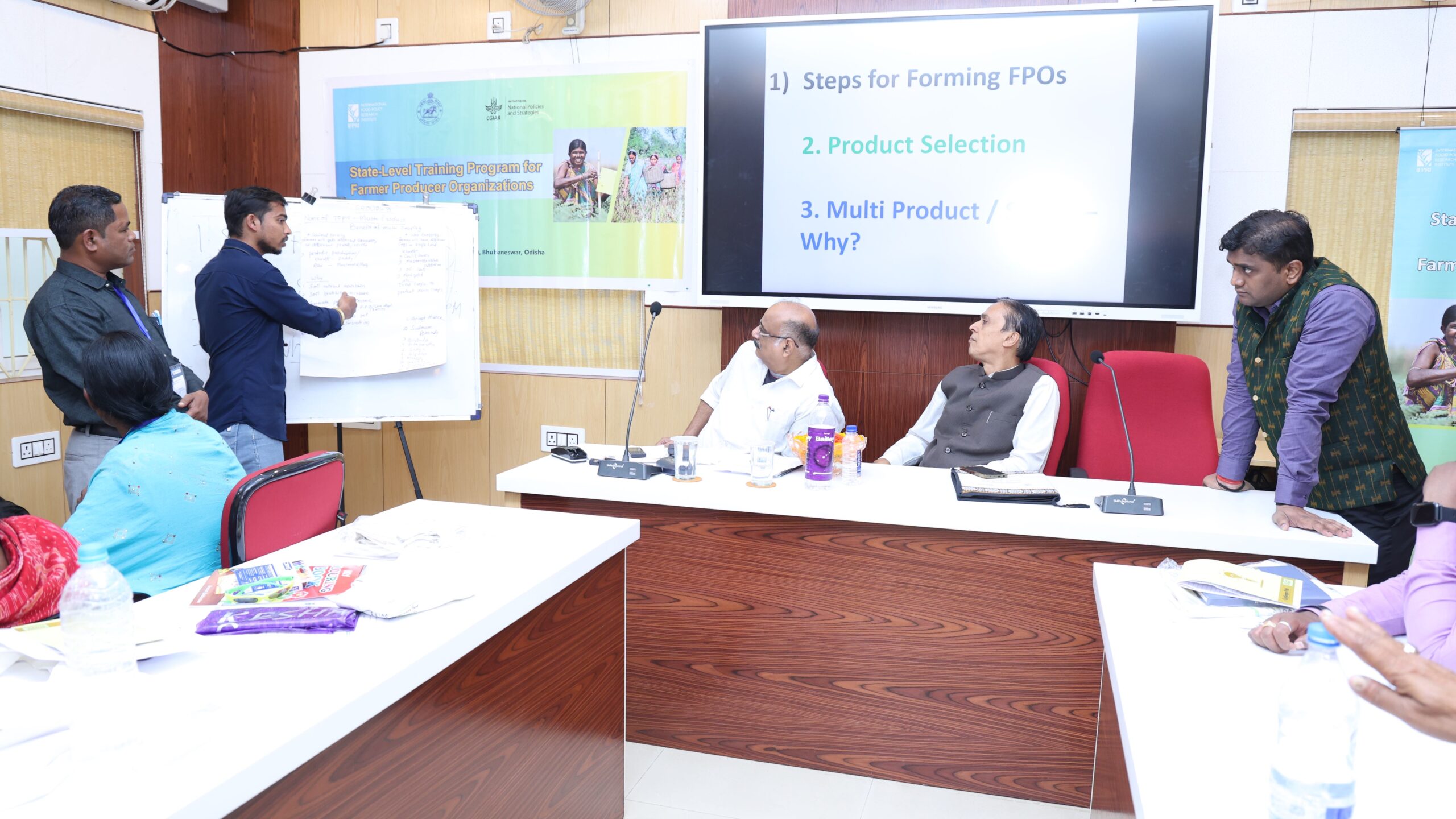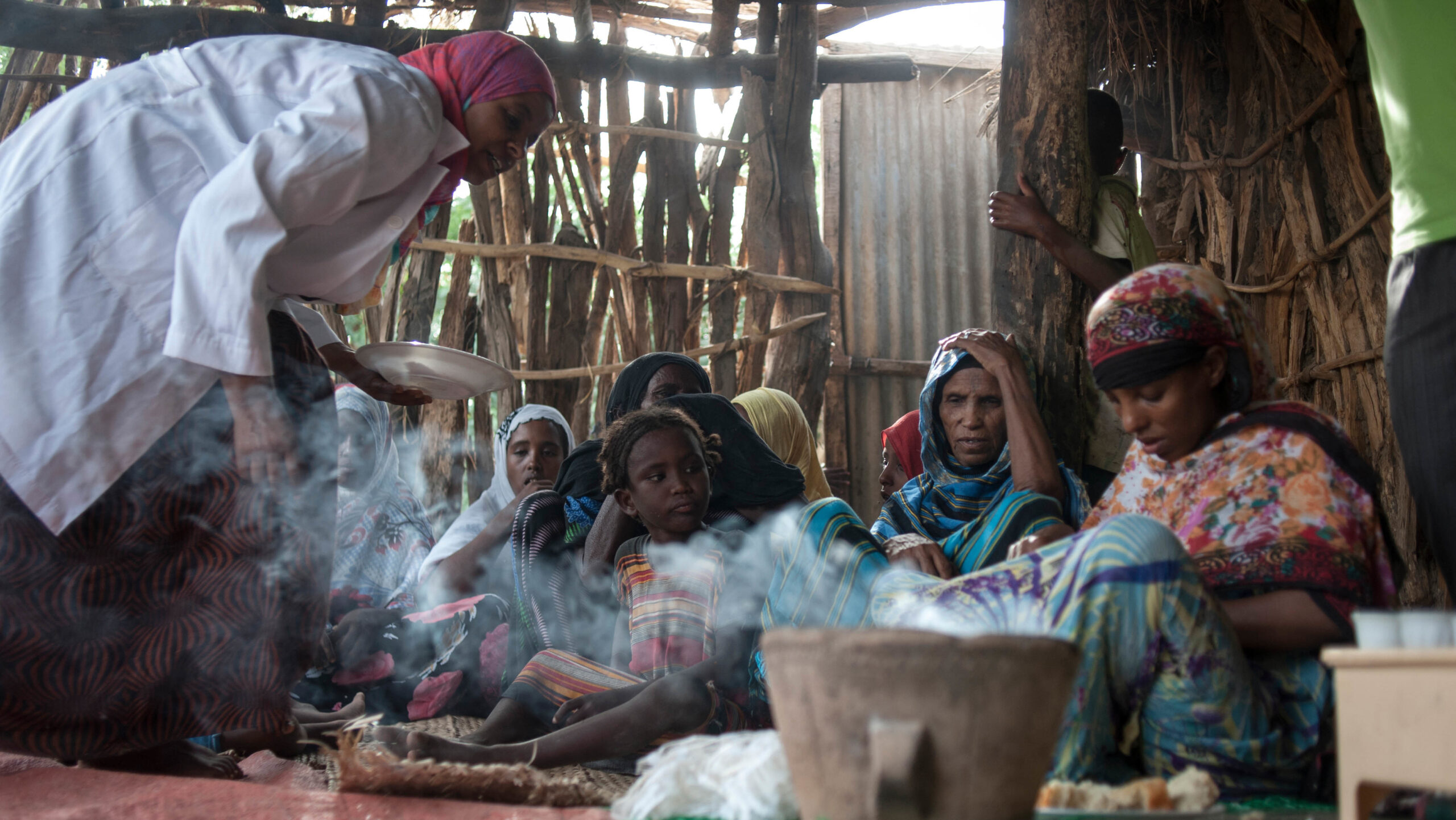By CGIAR Consortium. Originally posted in Consortium News
South Sudan’s Sudd wetland is a vast area which affects water supply, livelihoods and biodiversity far beyond its borders. Yet until recently, there was scant scientific data on this, one of the largest tropical wetlands in the world. Now, an initiative led by the International Water Management Institute (IWMI) is using geographic information systems (GIS) to map the wetlands. A blog describing the undertaking by IWMI remote sensing researcher Lisa-Maria Rebelo, explains that the Sudd, located in the lower reaches of the White Nile, “acts like a giant sponge, retaining water and releasing it slowly throughout the year.”
Rebelo’s studies of satellite data are producing valuable information about how the wetland is changing. This, in turn, will help scientists to find out more about this “unique and highly biodiverse ecosystem,” which is home to more than 400 bird and 100 mammal species and is of huge importance to local livelihoods, especially for nomadic tribes, who follow the floods, relying on the waters to graze and water their cattle or provide fish.
GIS—automated systems for capturing, displaying and interpreting spatial data obtained from earth observation—are proving powerful tools for mapping territory and natural resources. Remotely sensed images, obtained from satellites or aircraft and used as a source of data for GIS mapping, can be used for a growing range of purposes in the agriculture sector. Applications include natural disaster management; agricultural insurance; weed and disease detection in plants; crop forecasting; mapping mosquito breeding sites; tracking animal disease; and assessing deforestation, erosion, and pollution.
A network for knowledge sharing
A cross-cutting CGIAR network, which brings together scientists interested in GIS and other geospatial techniques from a range of CGIAR Centers and Programs, is helping to share knowledge about developments in this sector. The Consortium for Spatial Information (CGIAR-CSI), known by its short acronym CSI, is a loose but dynamic interest group, which has already contributed to developing new applications for agriculture and natural resource management.
“For example, IFPRI’s (International Food Policy Research Institute) effort to develop the high-resolution global crop distribution and productivity maps (Spatial Production Allocation Model, SPAM) has been made possible through the contribution of data and feedback from multiple CGIAR Centers,” said IFPRI scientist Jawoo Koo, who is a member of CSI. “Simply put, CSI is a CGIAR-wide interest group on the spatial analysis of agriculture, who enjoy interacting and working with like-minded, maybe geeky researchers with similar geospatial tasks.”
GIS is providing practical solutions for agriculture in many parts of the world, mapping areas under irrigation, so that farmers can adjust doses and improve productivity, helping fishers to track shoals beneath the sea and enabling planners to improve water management in marginal dryland areas.
The International Center for Agricultural Research in the Dry Areas (ICARDA) and partners have used a GIS model, to produce a ‘suitability map’ of Eritrea’s Zoba Debub area to assess the potential for water harvesting techniques. Results documented in an ICARDA article indicate that 70 percent of the area is suitable and water harvesting has been tested on two sites. The technology involves capturing runoff rainwater, so that it can be used elsewhere, or on the same site at a later stage, enabling farmers to produce off-season crops or deliver water at critical moments in the growing cycle.
“Maps, based on Geographical Information Systems (GIS) and models, can give a clear picture of areas where rainwater can be effectively harvested at the community level,” explains the report.
Mapping the future
When linked with computer models simulating changes over time, GIS offers a powerful tool for predicting future scenarios, producing maps that give an idea of how crops, livestock and landscapes may evolve and where attention is needed. GIS technology is already making an important contribution to planning for climate change.
A CGIAR article reports how researchers from the International Center for Tropical Agriculture (CIAT) and the International Livestock Research Institute (ILRI) have used GIS to map the expected impact of climate change on maize production in Africa and Latin America. The results indicate an overall 10 percent decline in maize productivity by 2055, equivalent to crops losses worth an estimated US$2 billion per year.
Meanwhile, a report on a Bioversity International pilot project called Seeds for Needs, describes how it is using GIS technology to identify local genebank resources that hold the most promise for producing varieties resistant to drought and other stresses, so as to help Ethiopian women farmers adapt to climate change.
Tools for climate change
From a brief on Agro-climate tools for a new climate-smart agriculture, jointly published by the International Research Institute for Climate and Society (IRI) and the CGIAR Research Program on Climate Change, Agriculture and Food Security (CCAFS), comes news of a number of valuable software tools that are helping policymakers and farmers make better decisions in the face of climate change. Among them is the country-specific climate information and decision support system (IDSS) from Uruguay, which “integrates monitoring of weather and vegetation conditions, seasonal climate forecasts, soil water and water stress estimates within an internet-based GIS platform, informing climate risk management decisions from farm to national level.”
As well as sharing ideas about how geospatial developments can help agricultural development, CSI organizes the Africa Agriculture GIS Week (AAGW3). The event was held at the ILRI-Ethiopia Campus in Addis Ababa, Ethiopia, 12-16 March. The gathering brought together spatial scientists from international agricultural research institutes around the world to showcase their work and exchange knowledge and data with Africa-based researchers and developers. A Training Day (14 March), gave participants the opportunity to learn the latest spatial data analysis and publishing tools via hands-on exercises and demonstrations.
IFPRI’s Jawoo Koo is just one of many CGIAR scientists passionate about geospatial technology who attended AAGW3. He is the first to admit that geospatial technology may seem geeky to some. But a growing number of tangible applications is showing that GIS and remote sensing have real contributions to make to agricultural development, and to planning for the future.
Links for more information:
AAGW3
Bioversity International
Seeds for Needs: Helping farmers adapt to climate change
CCAFS
Agro-climate tools link farmers with crucial information
CGIAR-CSI
ICARDA
Identifying rainwater harvesting sites
IWMI
Seeing the Sudd from Space
Spatial Production Allocation Model, SPAM







